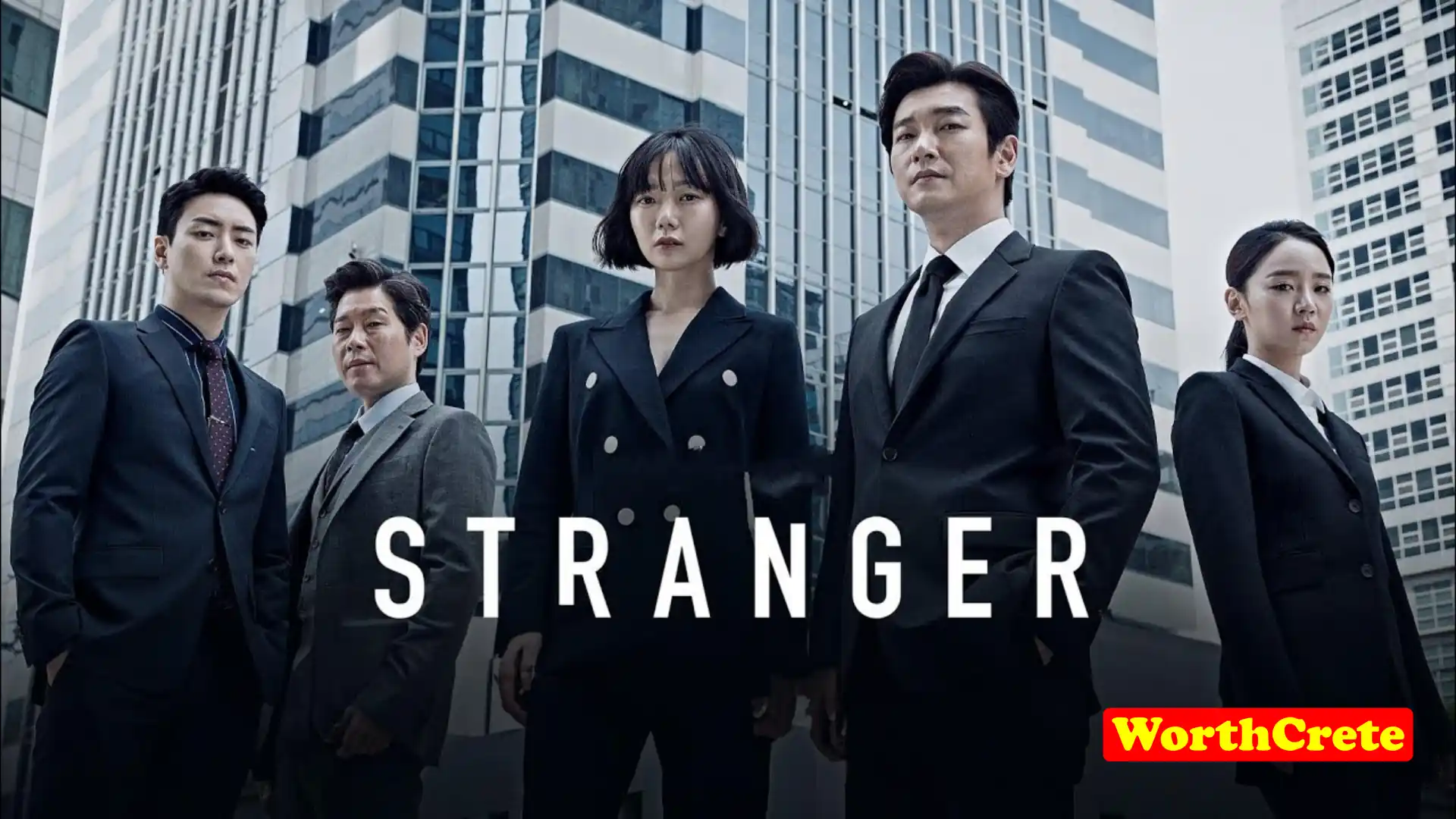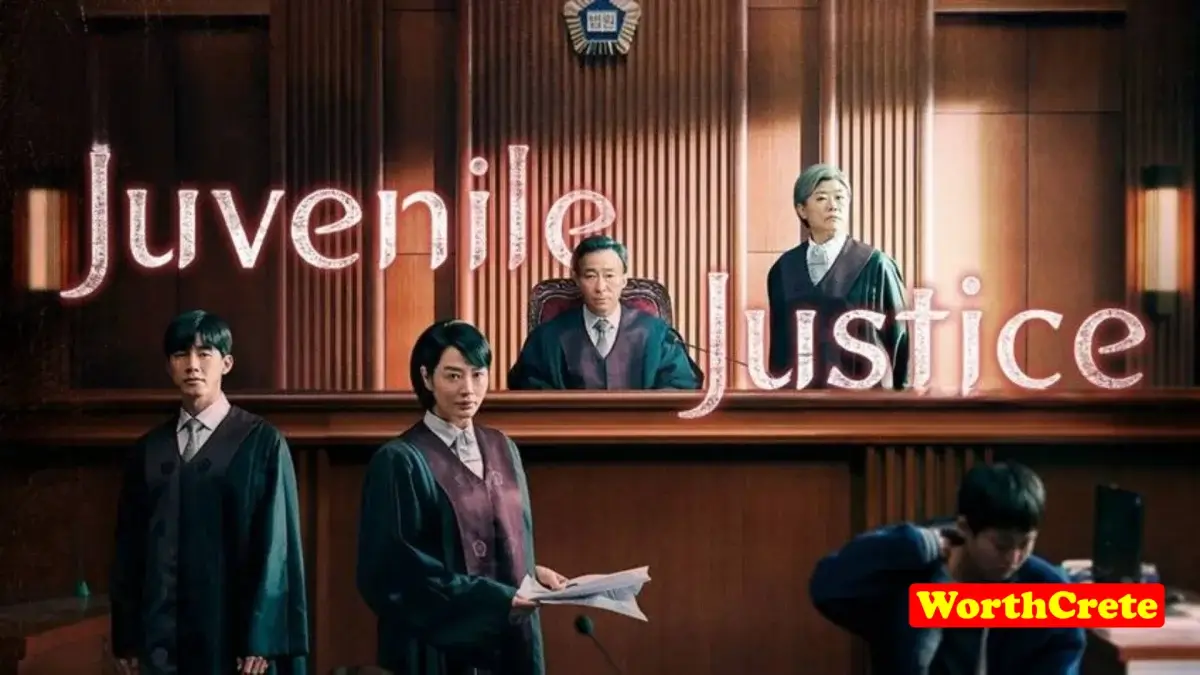
“Orange Is the New Black” is a popular American comedy-drama television series created by Jenji Kohan. The show, which aired from 2013 to 2019, is set in a fictional minimum-security women’s prison called Litchfield Penitentiary. The story revolves around Piper Chapman, a privileged upper-middle-class woman who is sentenced to serve time in prison for her involvement in a drug smuggling operation ten years prior.
As Piper adapts to her new surroundings, she encounters a diverse group of inmates from various backgrounds, each with their own stories and struggles. The series explores their friendships, rivalries, and personal journeys as they navigate life behind bars.
Throughout its seven seasons, “Orange Is the New Black” tackles a wide range of social and political issues, including race, sexuality, gender, mental health, and the flaws within the criminal justice system. The show delves into the personal lives and backstories of the inmates, shedding light on the circumstances that led them to prison and the challenges they face while incarcerated.
The series offers a mix of drama and humor, blending intense and emotional moments with lighter comedic elements. It delves into complex relationships, power dynamics, and the daily struggles faced by the inmates and prison staff alike.
Overall, “Orange Is the New Black” provides a thought-provoking and often poignant exploration of life in prison, highlighting the humanity and resilience of its characters while addressing important social issues.
Orange is the New Black – Season 5 – Summary
In the fifth season of “Orange Is the New Black,” the storyline takes place over the course of three days during a prison riot at Litchfield Penitentiary. The season picks up where the previous one left off, with tensions running high among the inmates due to the tragic death of Poussey Washington and the subsequent failure to hold the prison staff accountable.
As the riot begins, the inmates take control of the prison, barricading themselves inside and demanding justice for Poussey. They hold several prison staff members hostage, including the sadistic guard Desi Piscatella, whom they capture during a botched extraction mission.
Throughout the season, the inmates form alliances and attempt to make their voices heard by staging protests and negotiating with the authorities. The chaos of the riot allows for unexpected interactions and shifts in power dynamics among the inmates. Friendships are tested, alliances are formed, and new leaders emerge.
Meanwhile, flashbacks provide insight into the backgrounds and motivations of various characters, deepening our understanding of their actions and choices. These flashbacks also explore the mistreatment and systemic issues within the prison system, highlighting the struggles faced by the inmates both inside and outside the walls of Litchfield.
As the negotiations between the inmates and the prison authorities intensify, tensions rise within the prison walls. The situation becomes increasingly volatile, leading to moments of violence, conflict, and personal revelations. The characters must confront their own fears, past traumas, and desires for justice while navigating the chaos and uncertainty of the riot.
The fifth season of “Orange Is the New Black” presents a heightened sense of urgency and political commentary as it examines themes of power, justice, and the fight against systemic oppression. The season culminates in a dramatic and emotionally charged conclusion that sets the stage for the subsequent seasons.

































































